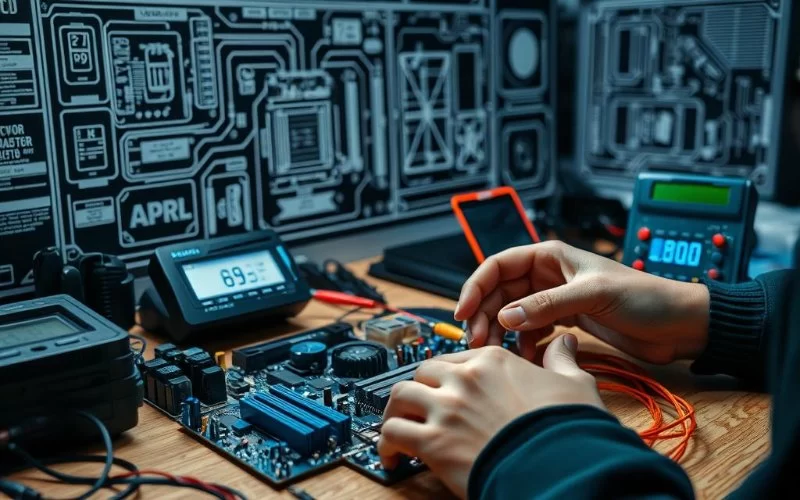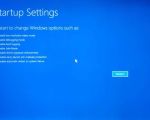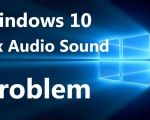- understanding-pc-hardware-diagnostics
- bios-and-built-in-diagnostic-tools
- third-party-software-for-in-depth-testing
- hardware-specific-testing-tools
- real-world-scenarios-diagnostics-in-action
- where-to-get-reliable-pc-repair-support
1. Understanding PC Hardware Diagnostics
When your computer starts acting up—maybe it’s freezing randomly, refusing to boot, or crashing under load—it’s often a sign of underlying hardware issues. That’s where the best tools for diagnosing PC hardware problems come in. These tools help you pinpoint whether the problem lies in your RAM, CPU, storage, GPU, or motherboard, saving you hours of guesswork and frustration.
Knowing which tools to use, and how to interpret their results, is crucial for both enthusiasts and professionals. Diagnostics is more than just running a scan—it’s about understanding patterns, knowing how hardware behaves, and being able to act confidently on what the data tells you.

Best Buy
4040 S College Ave, Fort Collins, CO 80525, USA
2. BIOS and Built-In Diagnostic Tools
2.1 Starting with the Basics: BIOS and UEFI
Before you even boot into an operating system, most motherboards offer basic diagnostics through the BIOS or UEFI interface. You can monitor CPU temperatures, fan speeds, and even check POST codes for early-stage failures. Some systems (especially from Dell or HP) have built-in diagnostics accessible via a function key during startup.

Best Buy
4210 Centerplace Dr, Greeley, CO 80634, USA
2.2 Windows Memory Diagnostic
Windows offers a native memory diagnostic tool that checks your RAM for faults. While not the most comprehensive, it’s a fast way to rule out obvious memory errors. To access it, search for “Windows Memory Diagnostic” and follow the prompts to reboot and scan.
3. Third-Party Software for In-Depth Testing
3.1 HWiNFO and CPU-Z: System Monitoring Staples
HWiNFO provides an incredibly detailed overview of every component in your system. It’s perfect for identifying voltage anomalies, temperature spikes, or fan irregularities. CPU-Z focuses on CPU specs, real-time clocks, and cache levels—useful when verifying if your processor is underperforming or misconfigured.
3.2 MemTest86: The Gold Standard for RAM Testing
When Windows Memory Diagnostic doesn’t cut it, MemTest86 is the next level. It runs outside your OS via a bootable USB and conducts a far more thorough analysis of memory sectors. A single error is enough to suspect your RAM may be faulty.
3.3 CrystalDiskInfo and HD Tune: Storage Health Matters
Hard drives and SSDs often fail slowly, producing small data access errors or thermal irregularities. CrystalDiskInfo can reveal SMART data like reallocated sectors and temperature thresholds. HD Tune can run surface checks and benchmark your drives’ performance to detect deeper problems.
4. Hardware-Specific Testing Tools
4.1 GPU Testing with FurMark and OCCT
Suspecting your graphics card? FurMark stress-tests the GPU to its limit, revealing potential overheating, artifacting, or throttling. OCCT complements this by adding power and temperature monitoring in real-time.
4.2 Power Supply Unit (PSU) Testing
One of the most overlooked yet crucial components, the PSU often causes issues when voltages fluctuate. Multimeters and PSU testers can help here, but for serious diagnostics, tools like OCCT’s power supply test can simulate loads that expose PSU instability.
4.3 Motherboard and Peripheral Testing
If everything else checks out but problems persist, the issue may be the motherboard or a specific port (like PCIe or USB). Testing peripherals on another system or checking for BIOS updates can isolate the culprit. In some cases, intermittent failures due to bad capacitors or solder joints only reveal themselves under heat or time-based stress.
5. Real-World Scenarios: Diagnostics in Action
Just last month, a gamer noticed frame drops and stutters after upgrading his RAM. Using MemTest86, he discovered that one stick was faulty—causing memory paging errors during high usage. Replacing it resolved the issue instantly.
In another case, a small business contacted Computer Repair after their workstations began randomly shutting down. After running OCCT and HWiNFO, the tech team found that several power supplies were delivering inconsistent voltages under load. Swapping in quality PSUs fixed the issue and improved overall system reliability.
These stories show that diagnostics isn’t just for enthusiasts—it’s a skillset that saves time, money, and frustration, especially when stakes are high.
6. Where to Get Reliable PC Repair Support
If you’re feeling overwhelmed or simply want a second opinion, turn to Computer Repair. Whether you're a gamer, remote worker, or small business owner, their experienced team offers advanced diagnostics, part replacement, and performance tuning. They’re equipped with industry-grade tools and deep expertise—no guesswork, just real solutions.
Sometimes all it takes is the right tool and a trained eye to uncover what’s been quietly causing chaos inside your system. Don’t wait for your PC to crash completely. Get it checked, get it fixed, and get back to work (or play) with peace of mind.





























